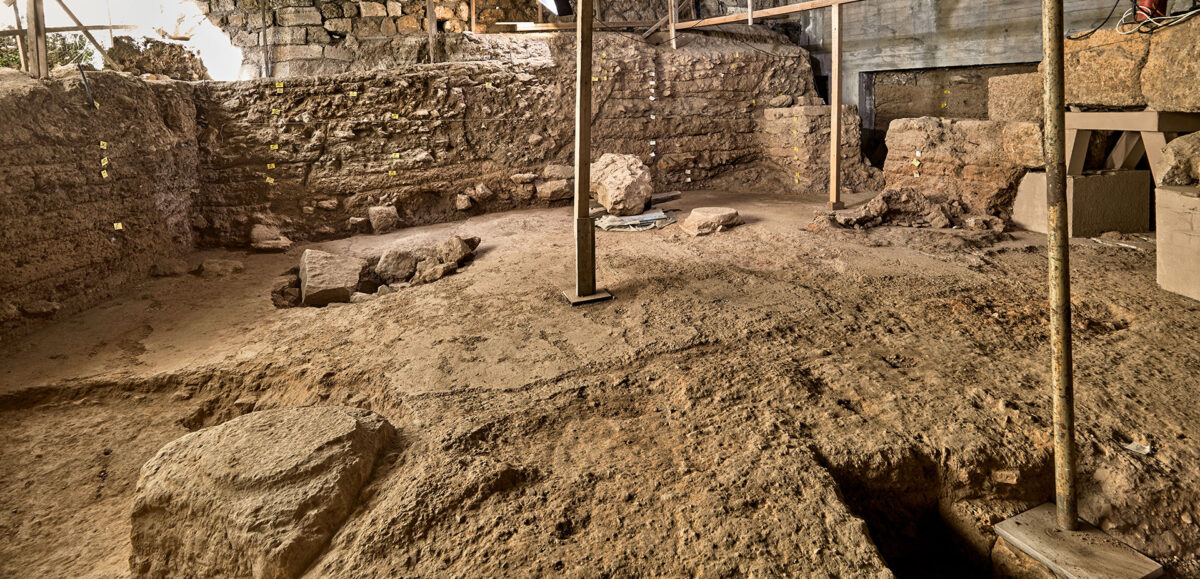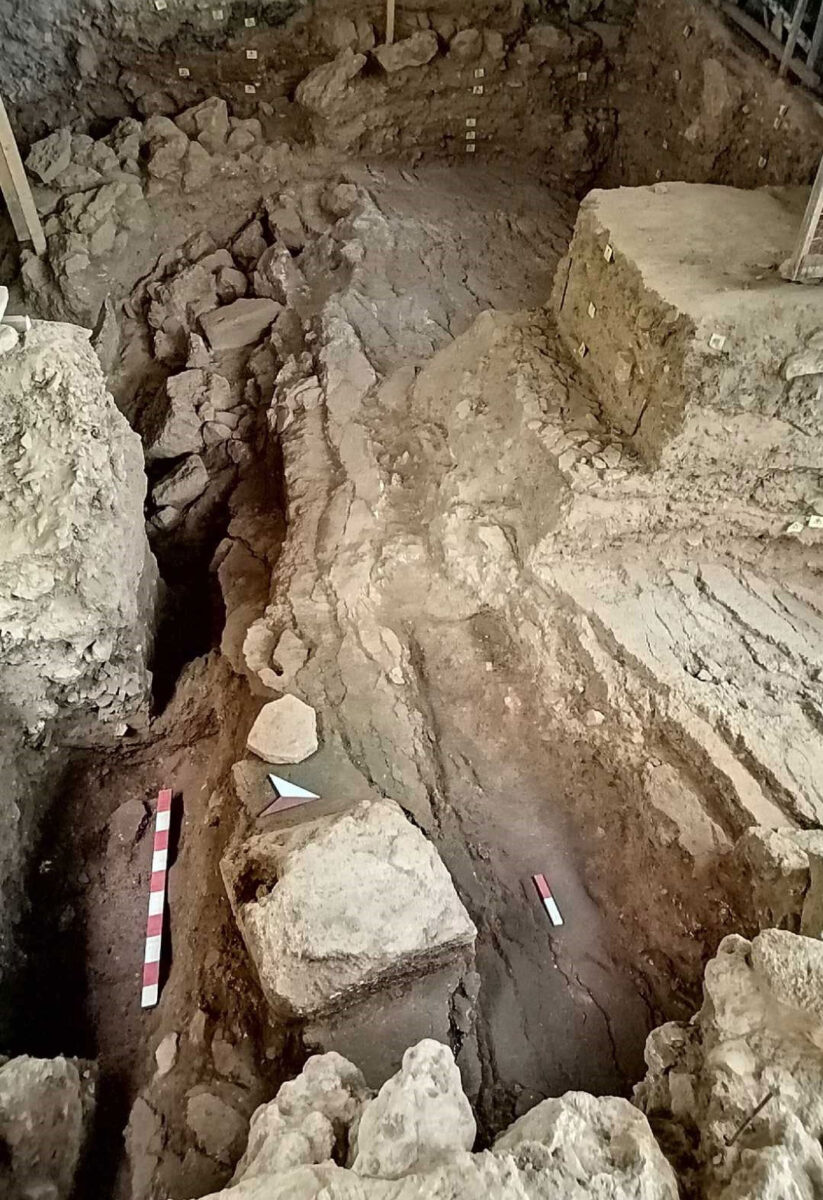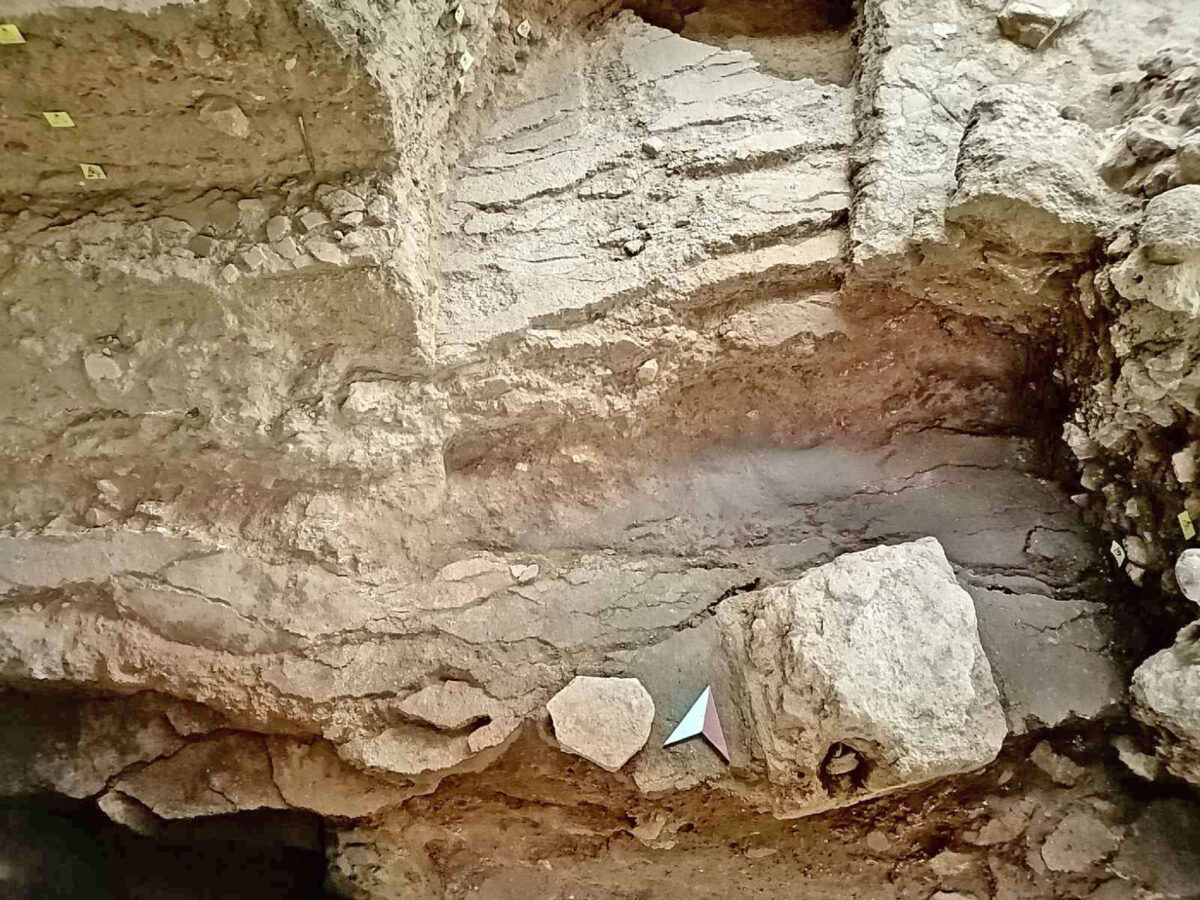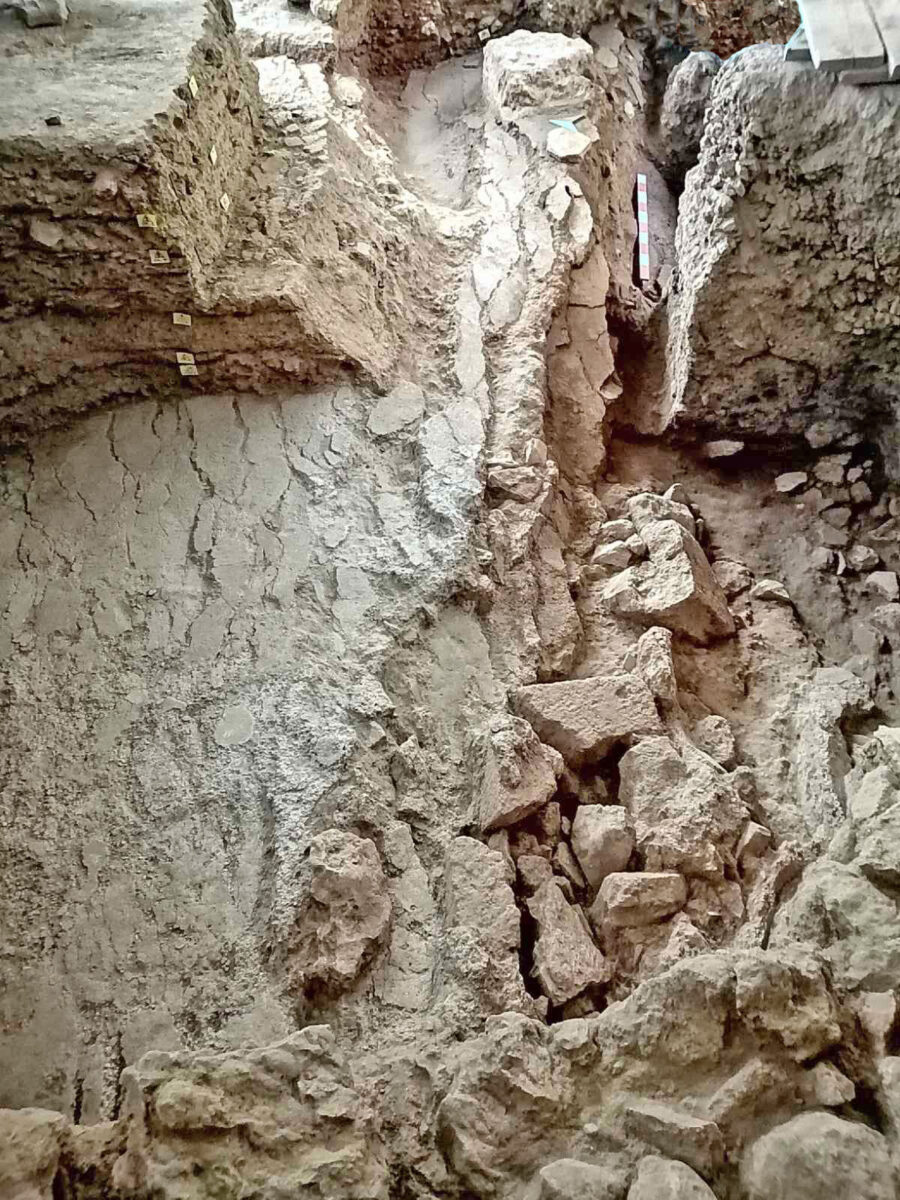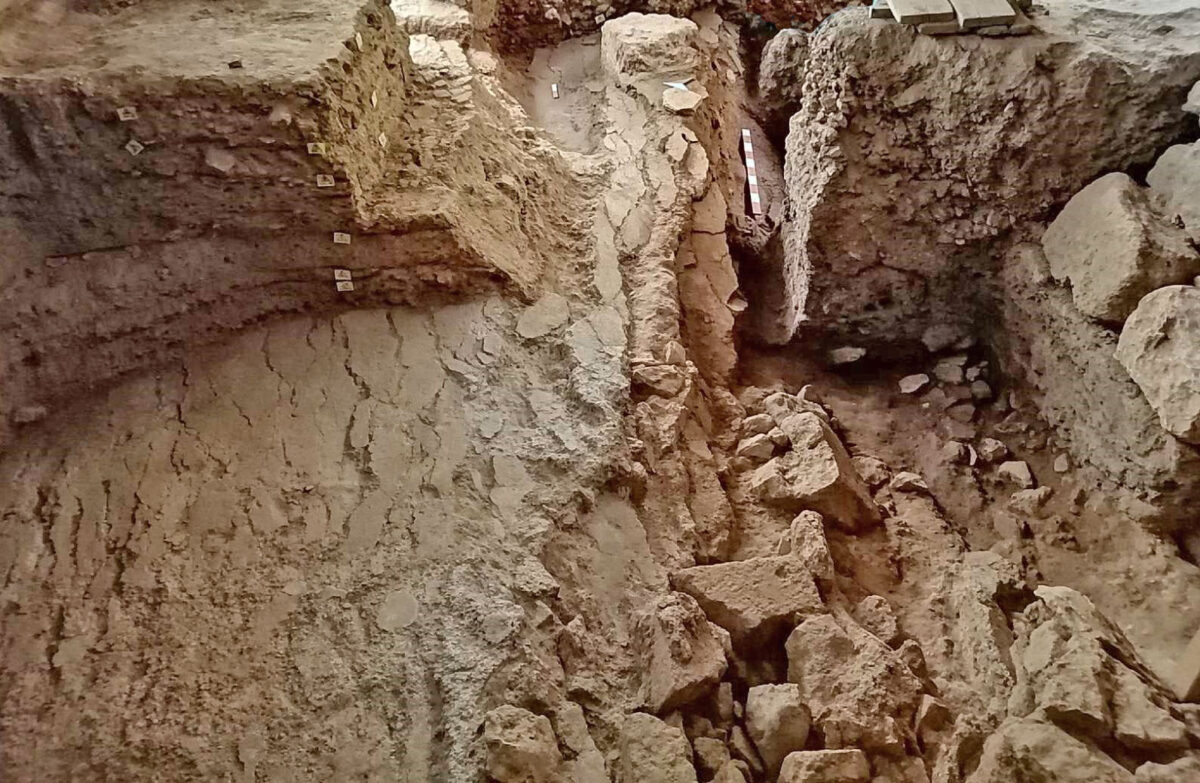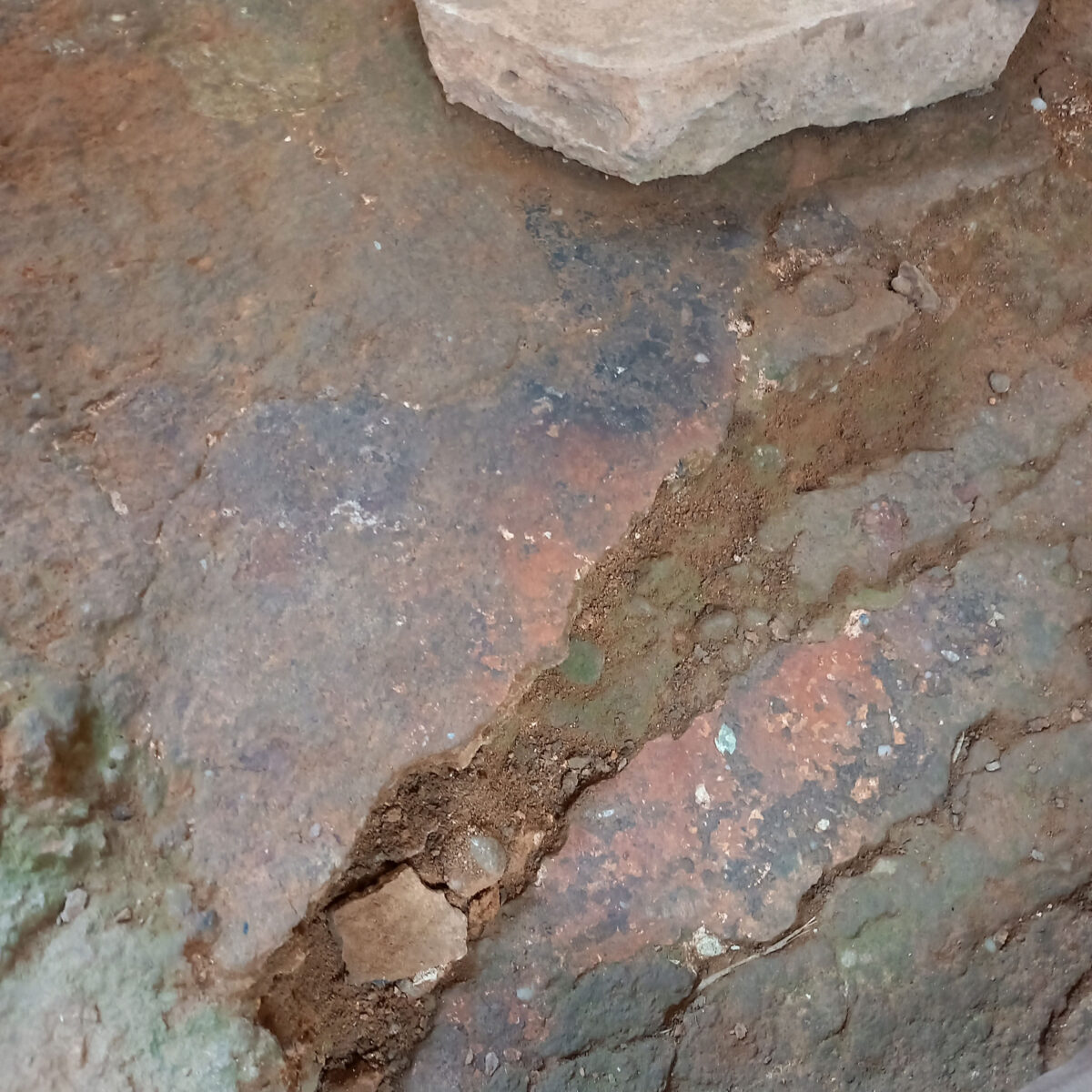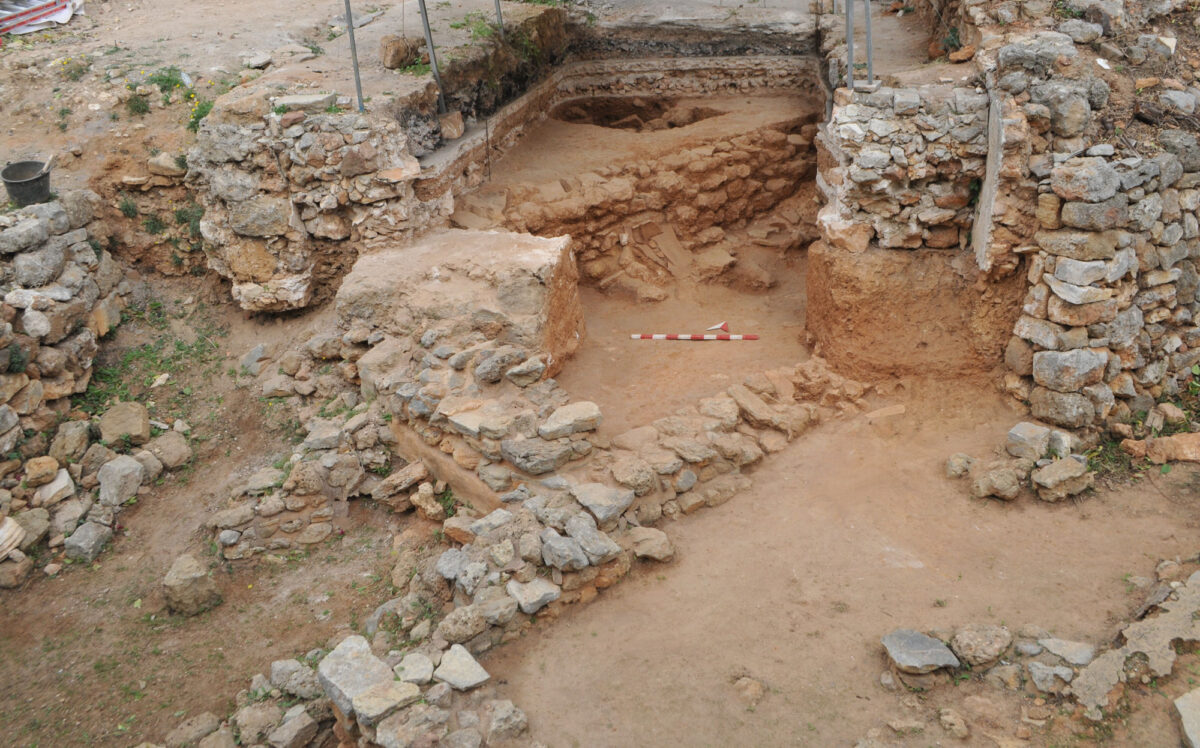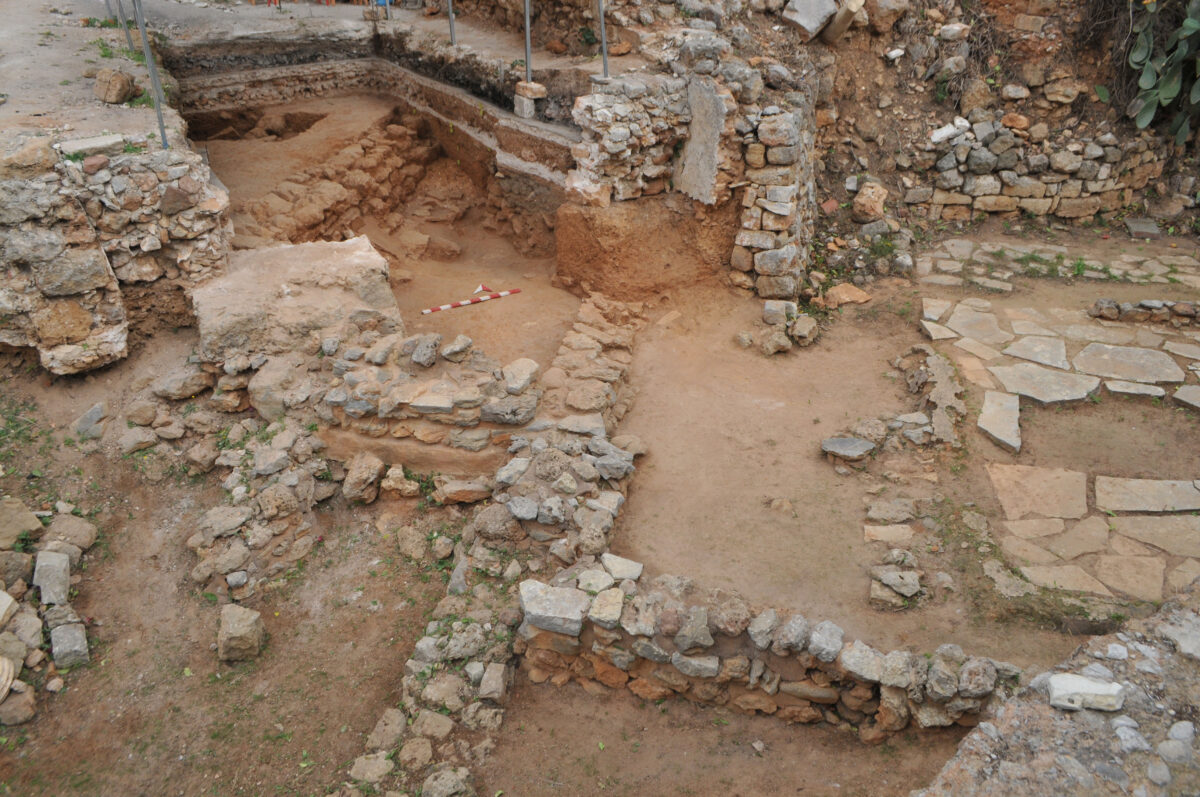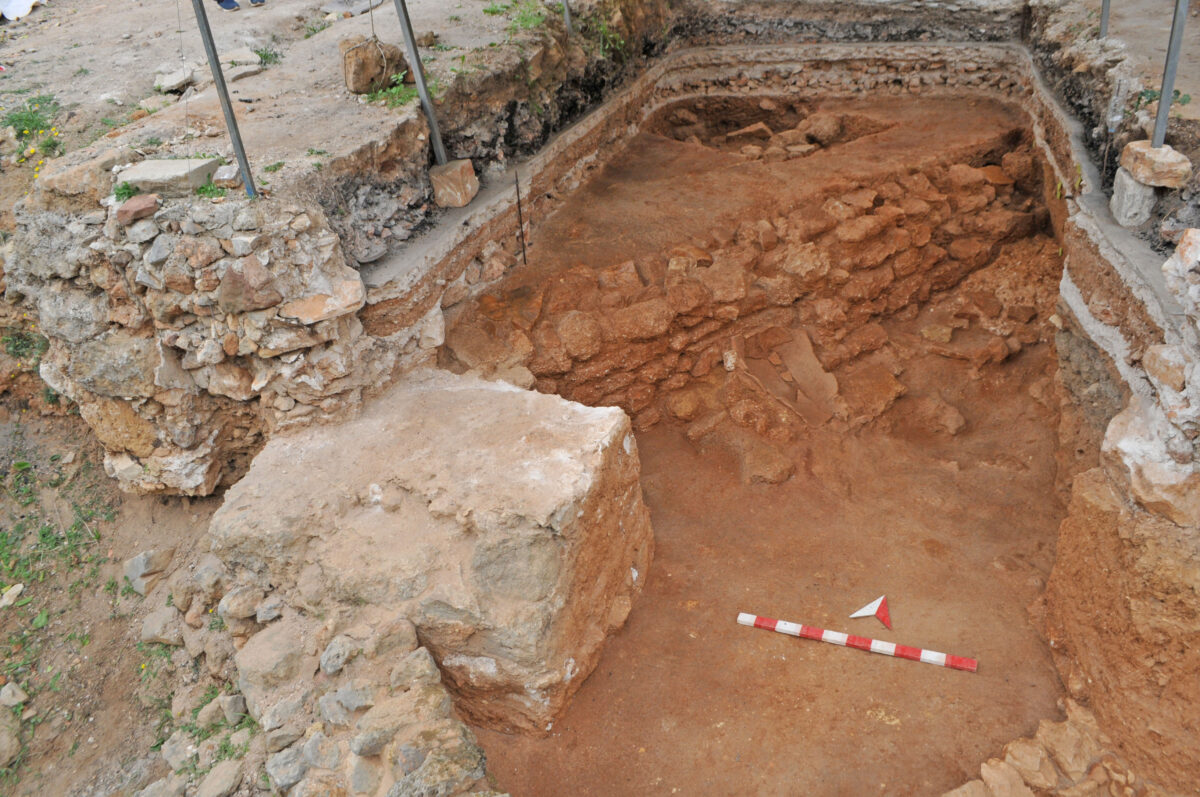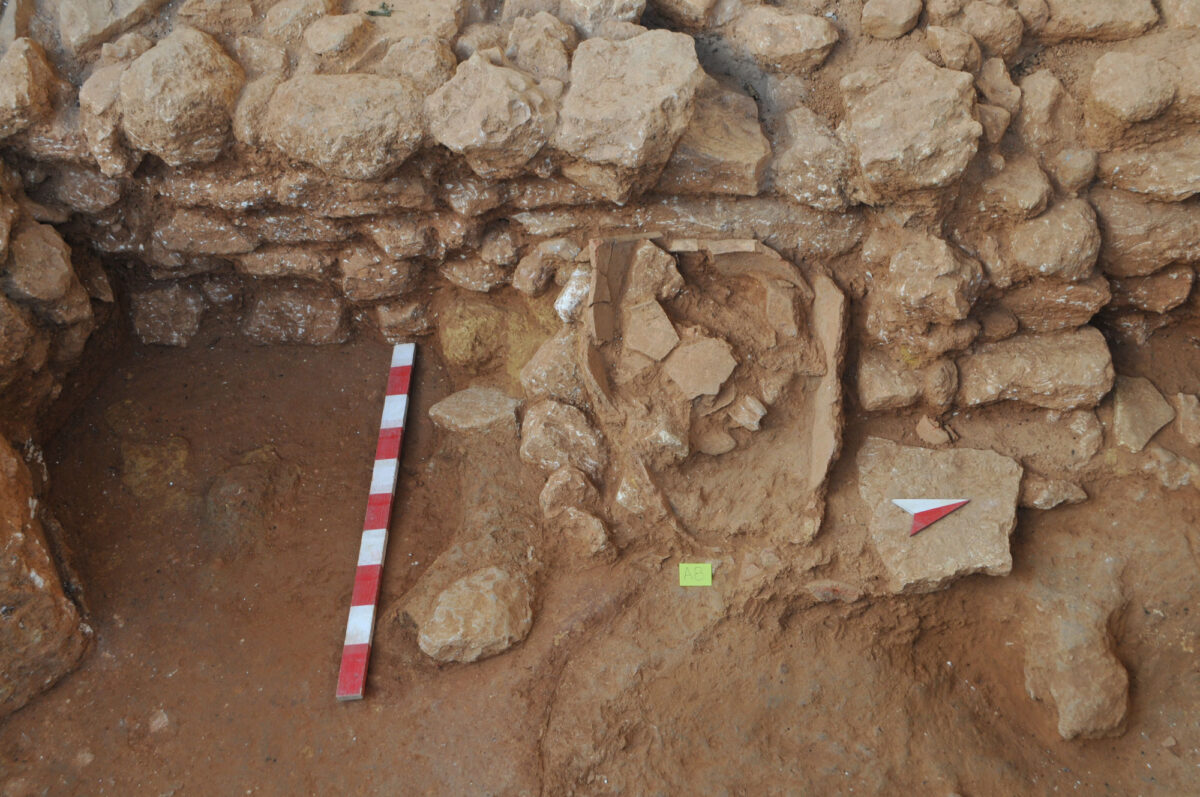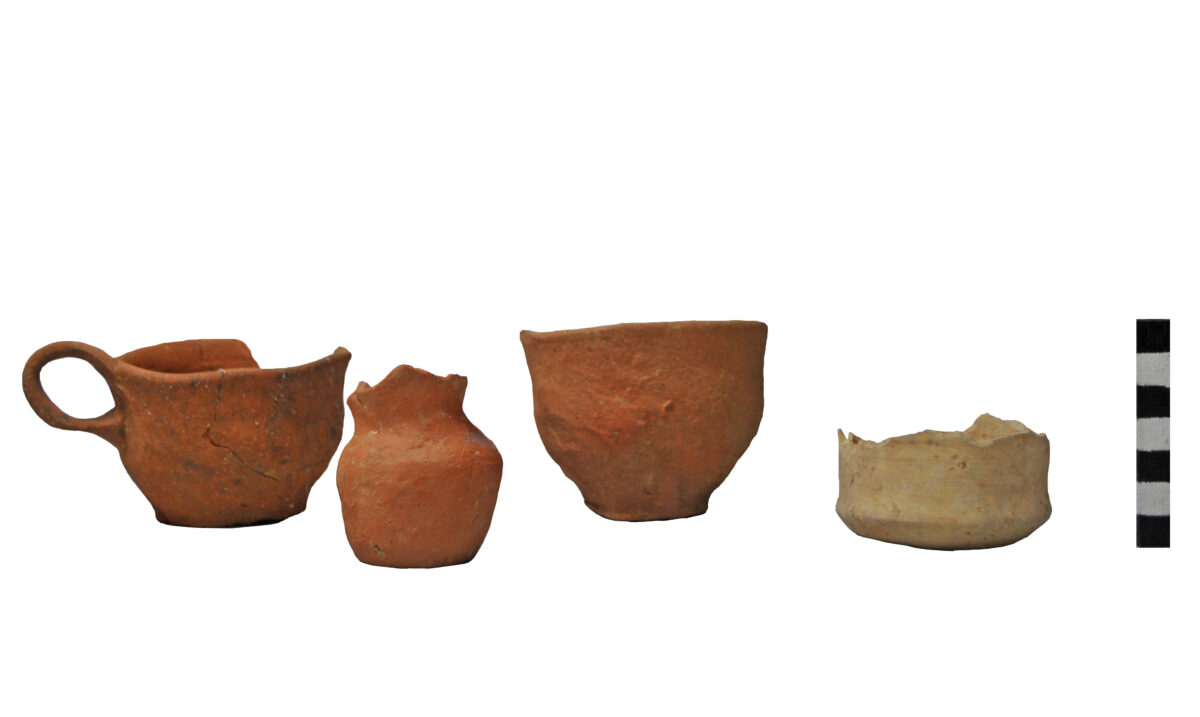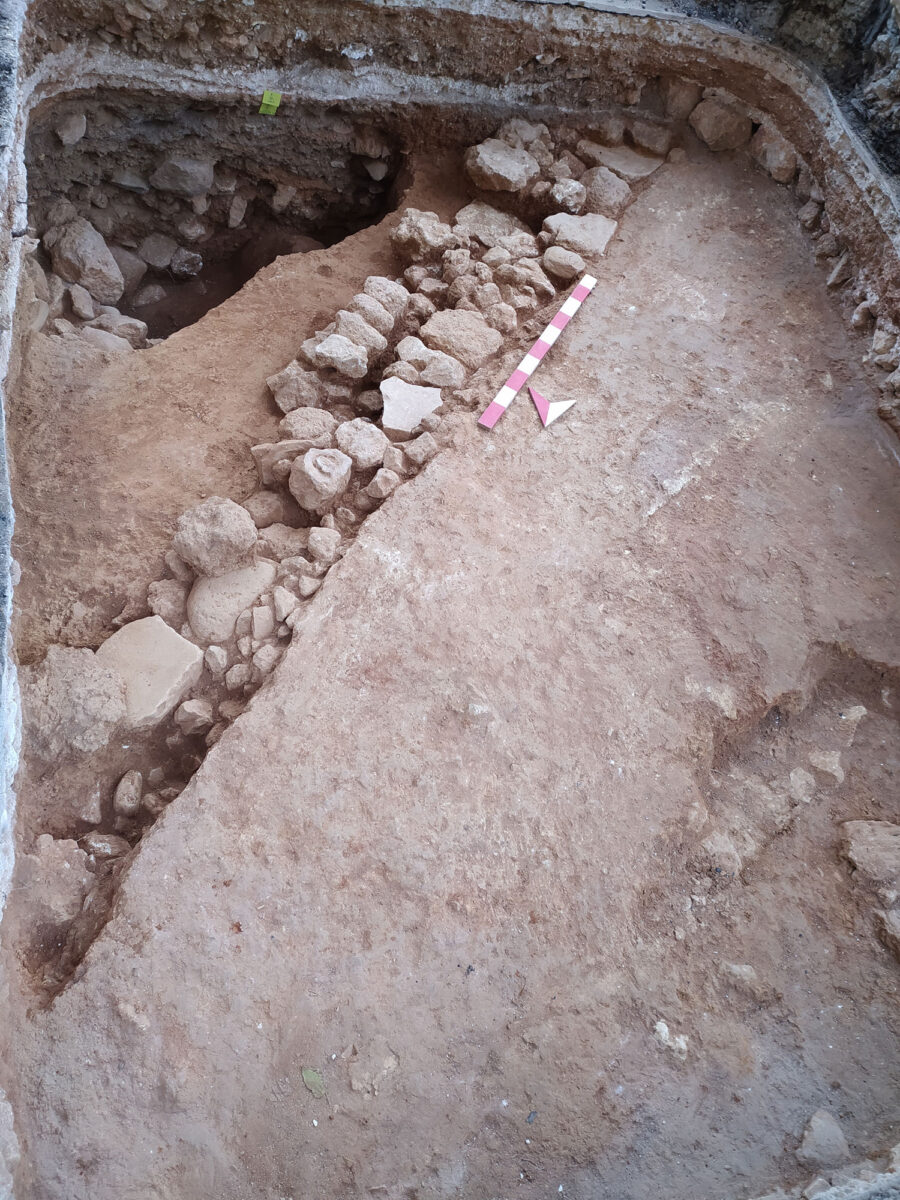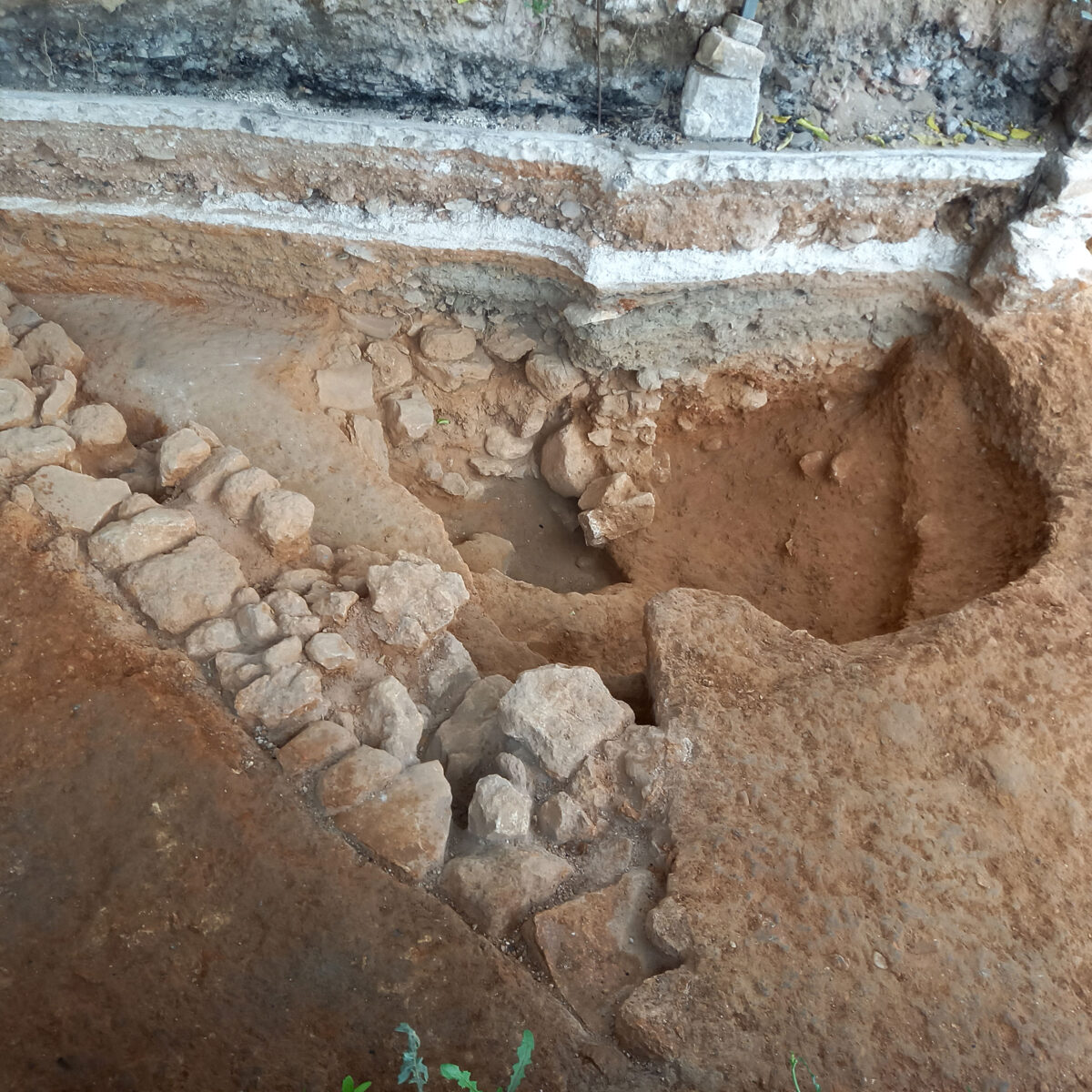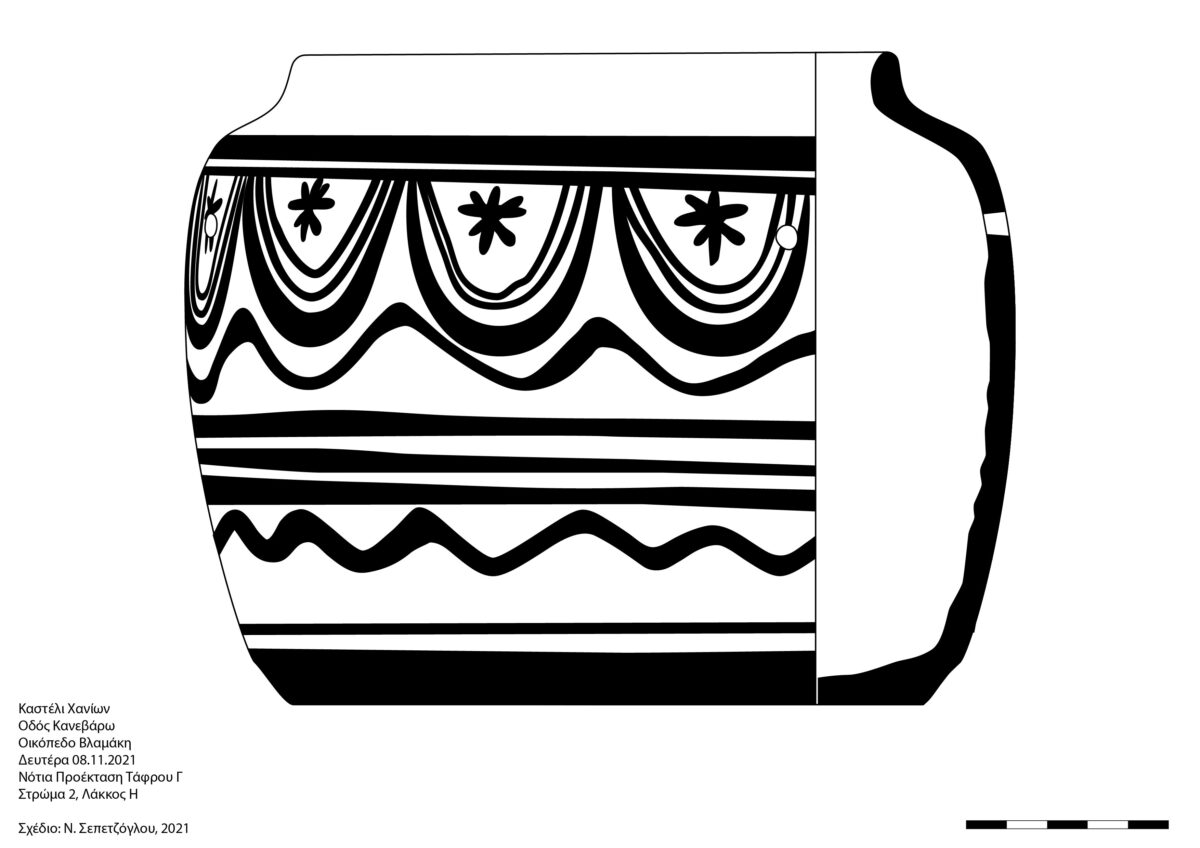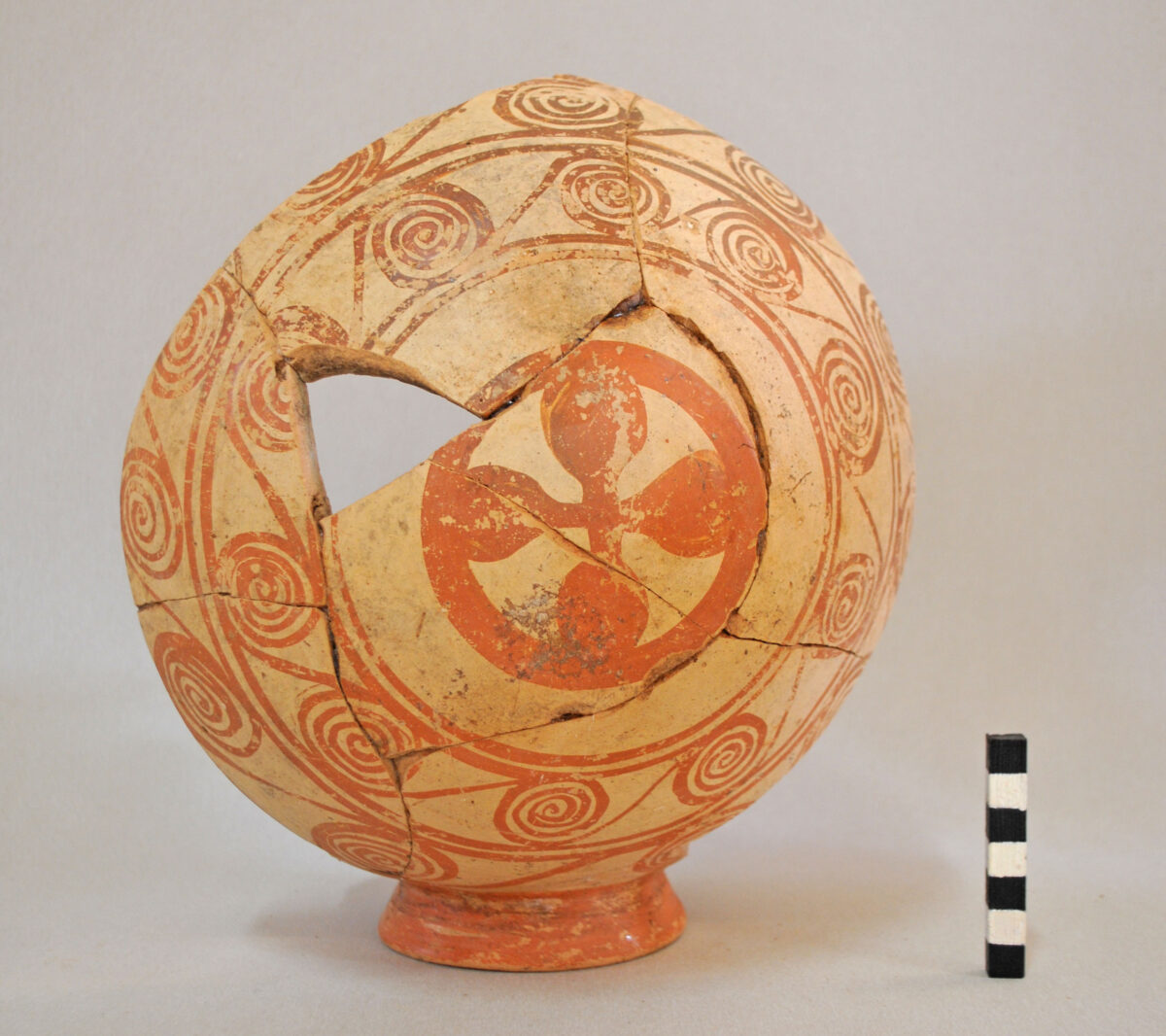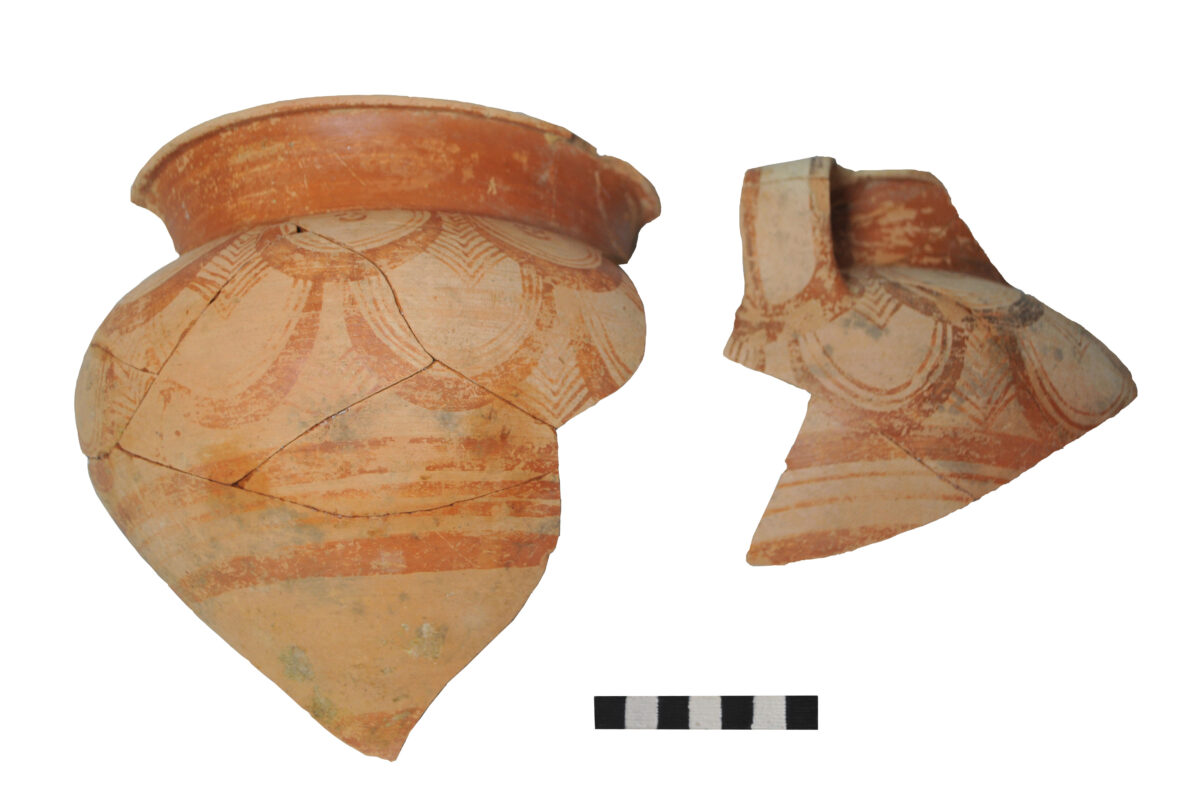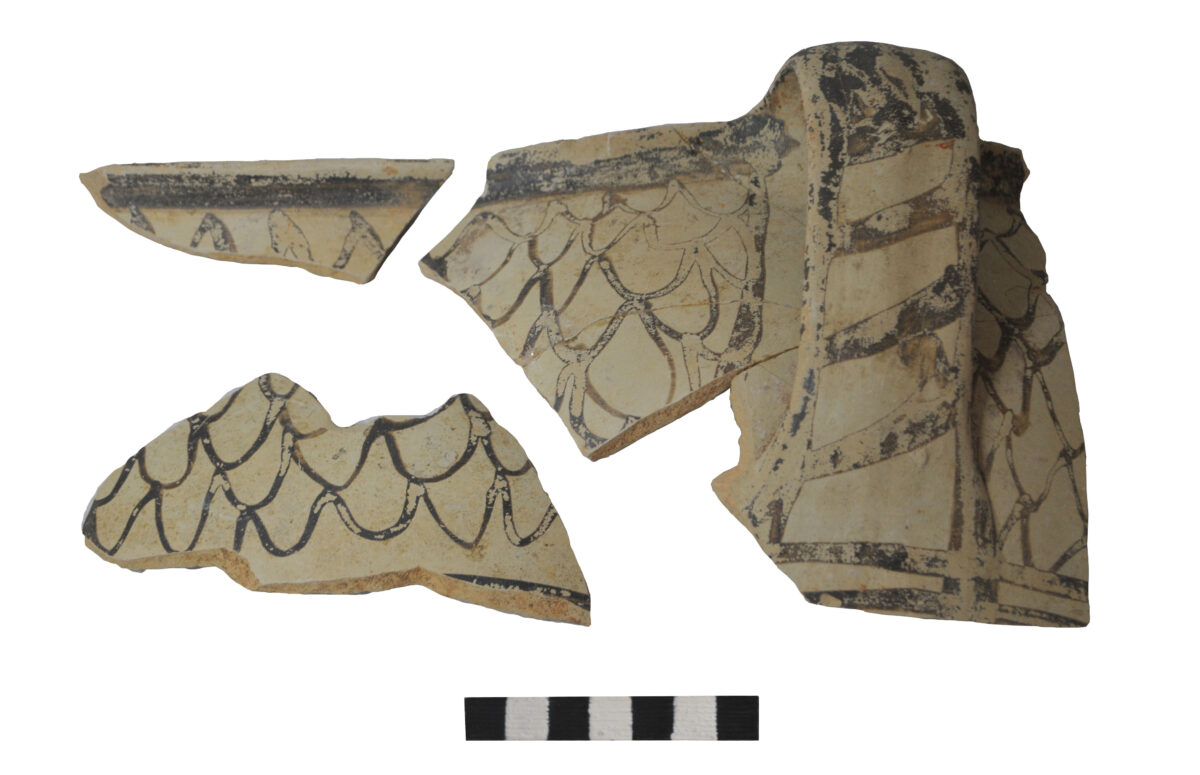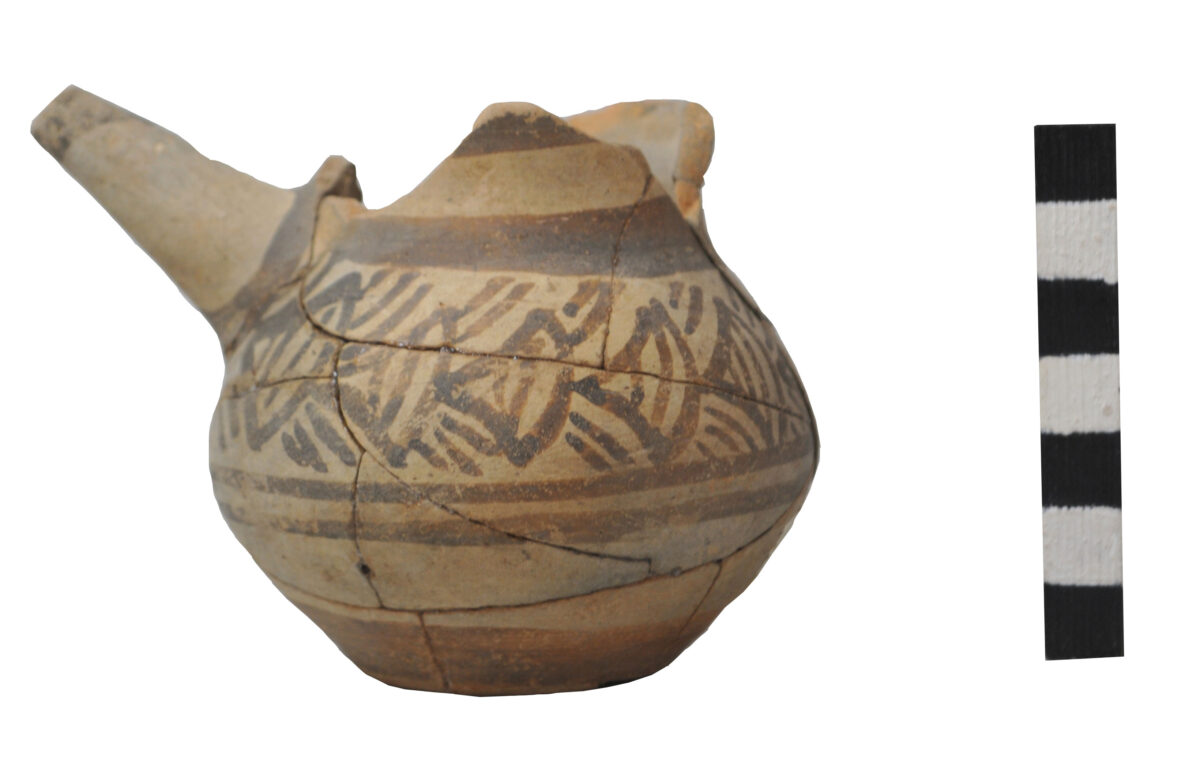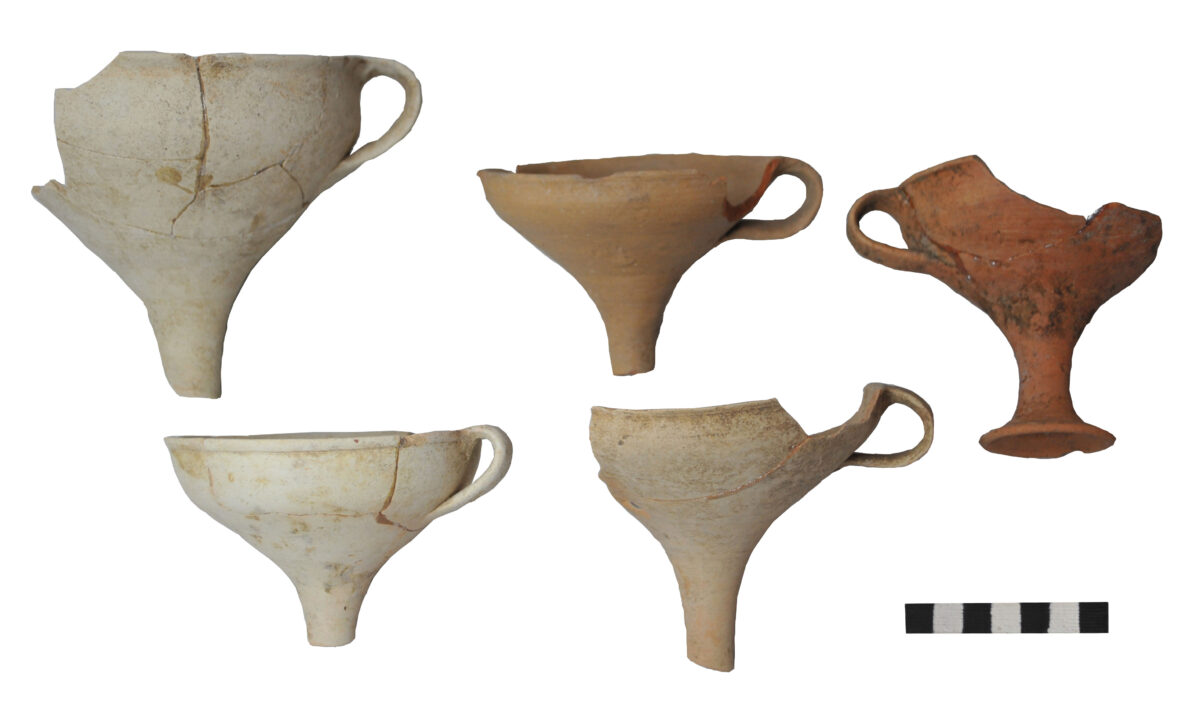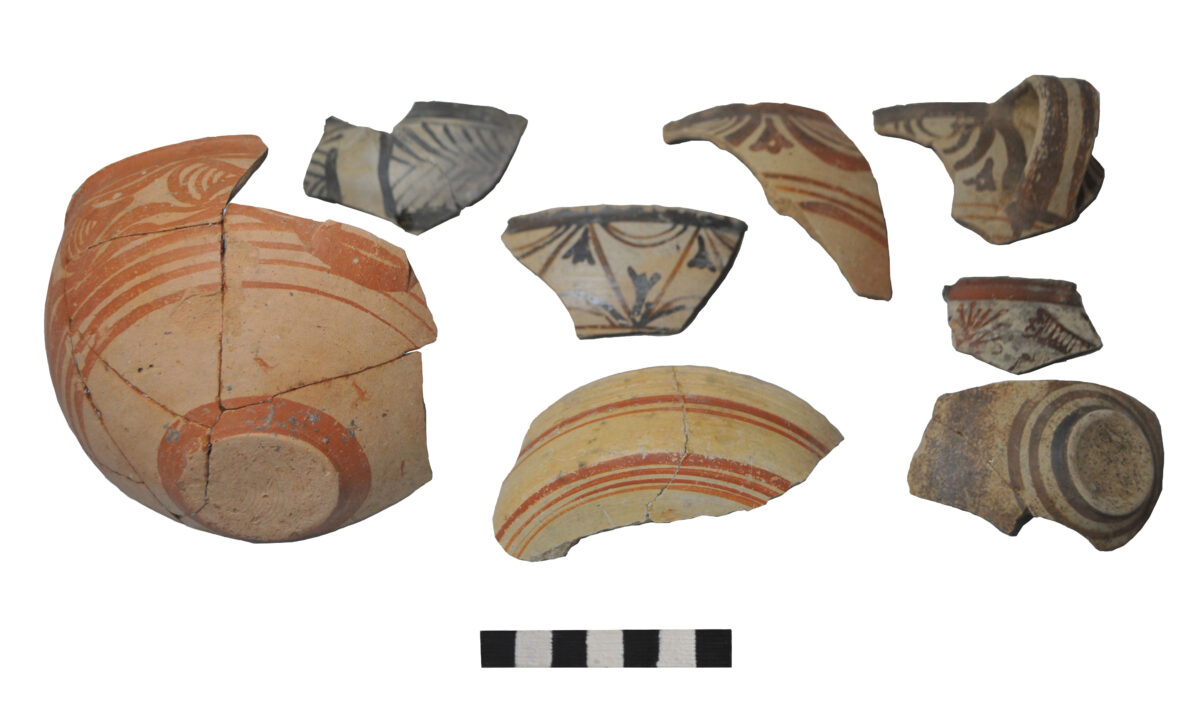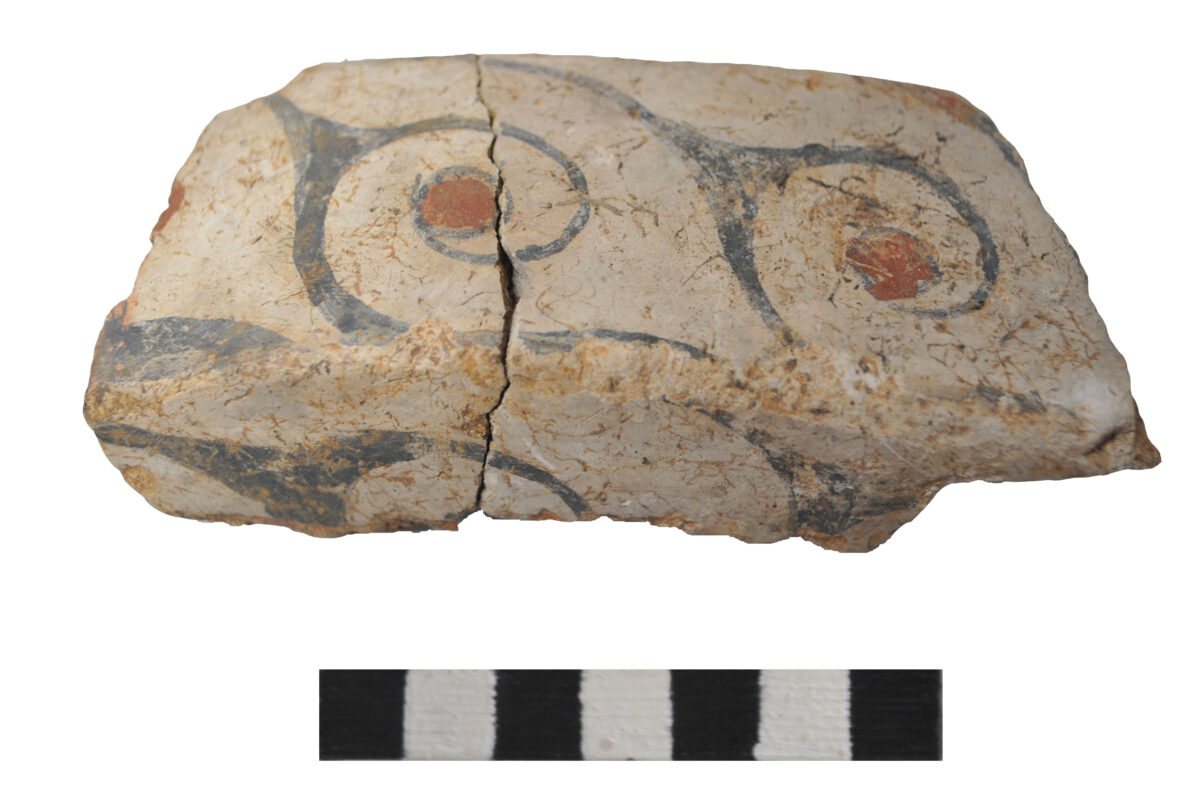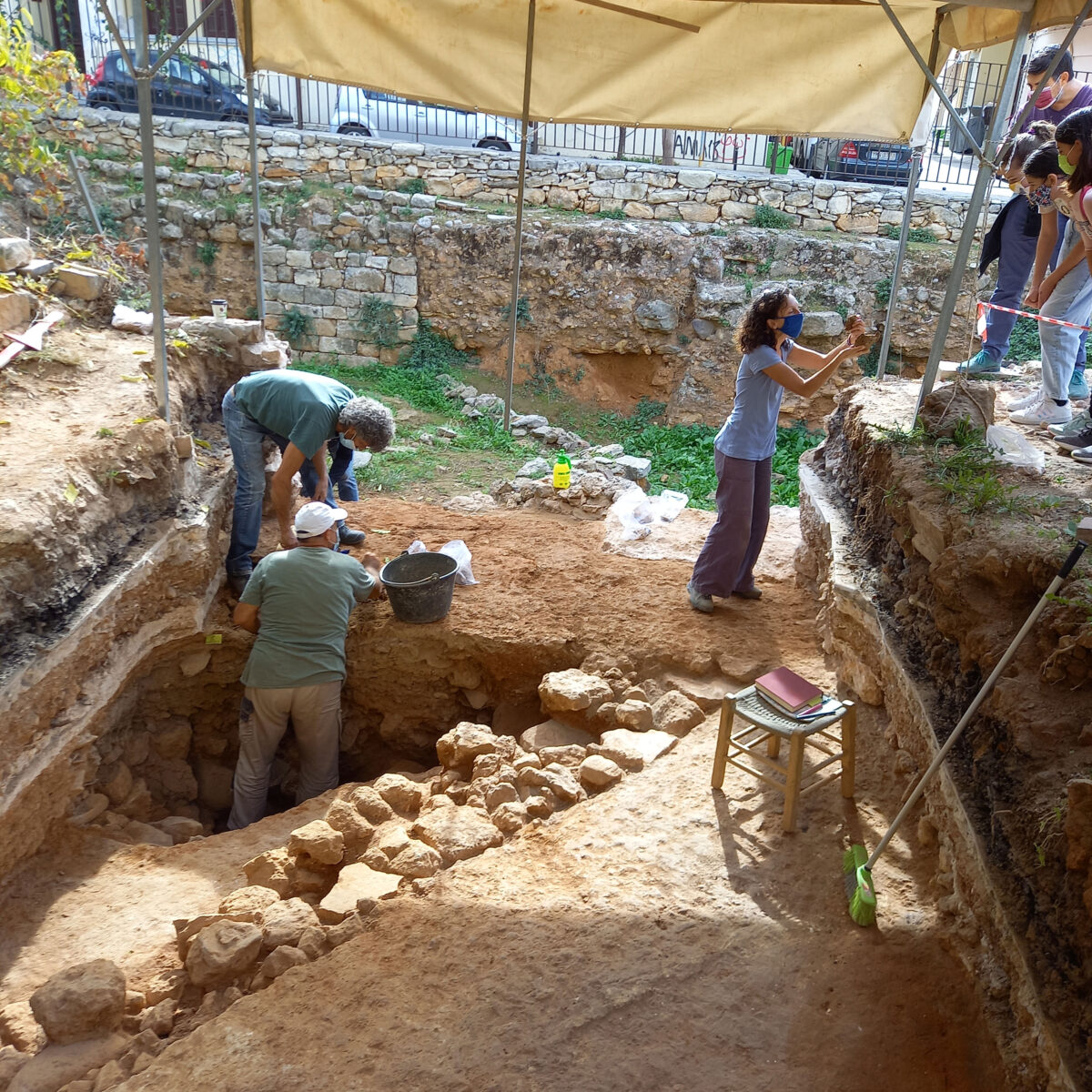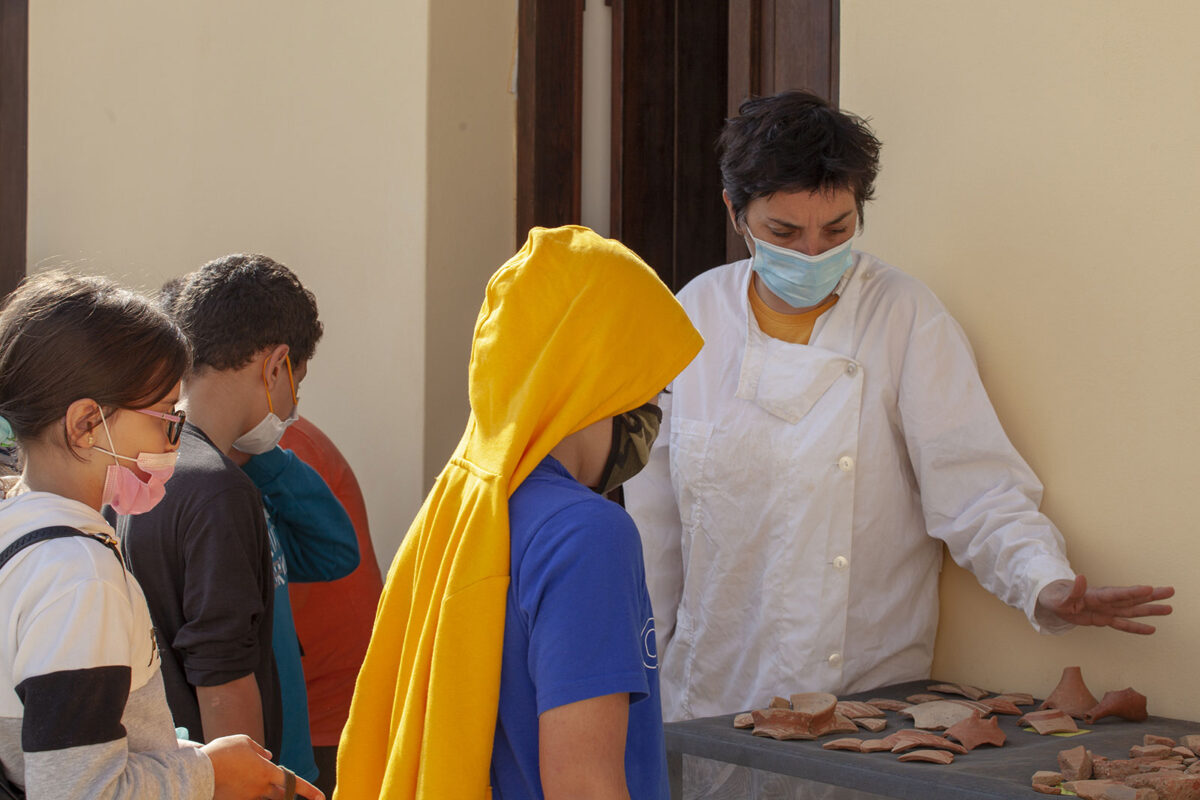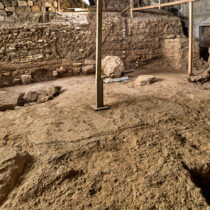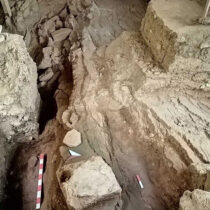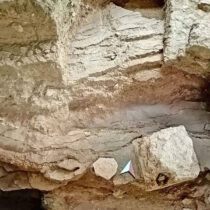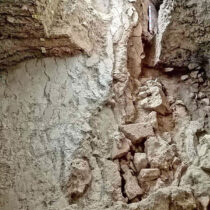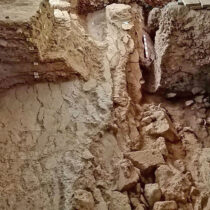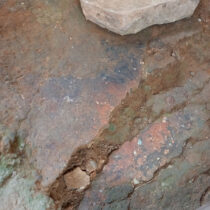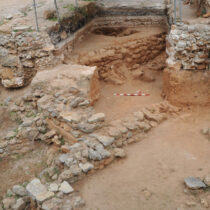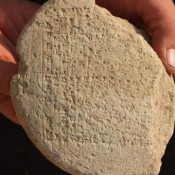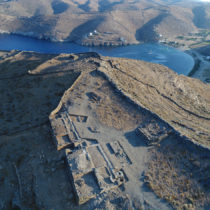The area where the Mycenaean-era human sacrifice took place was likely a roofed hall, not an open space.
The preliminary results of the excavation on the hill of Kastelli of the Old Town of Chania in the fall of 2021 further enrich our knowledge of this very important archaeological site of Crete, despite the small staff, limited research area and increased protection measures due to COVID -19. The excavation of the Ephorate of Antiquities of Chania was carried out under the direction of Maria Andreadaki-Vlazaki. In October and November 2021, the research focused on two plots of land on the hill, at 1 Katre Street, and at the junction of Kanevaro and Skordylon streets (“Lionaki – Vlamaki plot”). Archaeologists Dora Perraki, Iro Tsirintoulaki, Nikos Marketakis, Maria Polychronaki and archeology student Eleni Karaleka participated in the research. The craftsmen were Manolis Tsitsiridis, Dionysis Fountedakis, Dionysis Alyfantis and Nektarios Babounakis.
Excavation 1 Katre Street
The findings in Katre Street excavation were shocking despite research being limited. It has been clarified that the area with the gravel-lime floor, where a great sacrifice of animals and a young girl took place on the occasion of the strong earthquake around 1250 BC, is a very large room that exceeds 20m in length and 10m in width (fig. 1). The room is divided into three aisles with two rows of columns.
A similar example is found in Knossos’ so-called “Customs”, a space with two rows of pillars, right at the north entrance of the palace. “Customs” was probably built in the 17th c. BC and, according to scholars, it served as a reception area for visitors and products, as well as ceremonies, with the above building of the palace of Knossos. It is located at the southwestern end of the hill of Kastelli, a point suitable for entering the palace from the side of the port and the plain.
Of course the hall of Kydonia is much later than that of Knossos, as it corresponds to the palace of the Mycenaean era. It was built before the middle of the 14th c. BC and was destroyed by an earthquake around the middle of the 13th c., i.e. it operated for more than a century. It is distinguished by the combination of Minoan and Mycenaean architectural elements, a mixture which reflects and characterizes this whole period in Crete which is usually called Creto-Mycenaean (14th-13th c. BC). The strong gravel-lime floor, painted at least in places (fig. 6), is impressive. The most impressive element is of course the terrible marks left on the floor by the activation and reactivation of the fault, which passes through this area, both in the Minoan years and in the Archaic and Roman periods. This year, with the expansion of the excavated area, the image of the cracked and sunken floor in the crack is shocking (figs. 2-5). The gradual revelation of this area is a very strong argument for locating, at this point of the hill, the southern part of the Mycenaean palace of Kydonia. Contributing to this is the fact that this very room was chosen to receive the scapegoats after the great sacrifice.
Professors Emm. Manoutsoglou (geologist), Noni Maravelaki (chemist) and Vlasis Koumousis (civil engineer) constantly offer their help in the field of excavation. The conservator Angeliki Kaindirmoglou worked on the maintenance of the gravel-lime floor. With the instructions of the archaeobotanist Mrs. Anagia Sarpaki, the entire soil collected this year was examined through flotation. Archaeologist Iro Tsirintoulaki and tour guides Stavros Stavroulakis and Sevastianna Souki were involved in flotation, while archaeologist Stavroula Fouriki was involved in the petrographic and chemical analysis of the pottery from the systematic research on the hill.
Also, interesting results are offered by the analyzes for aDNA control of the skeletal material of the young woman of the excavation “Katre 1” but also of people from the tombs of Kydonia of the same period, as well as for dietary habits and pathogenesis in Mycenaean Crete. The analyses are performed in the laboratories of Max Planck Institute for the Science of Human History in Jena by Philipp Stockhammer and Irini Skourtaniotis. The first indications suggest that during the second half of the 14th and the 13th c. BC, the inhabitants of Kydonia present a mixture of local and “incoming” genetic variants from mainland Greece.
Excavation Lionaki-Vlamaki plot
In the second part of this year’s excavation period, in the “Lionaki – Vlamaki plot”, research was extended to the north of the area excavated in the past. Part of the building dated to the years of the founding of the first Minoan palaces, at the beginning of the 2nd millennium BC, came to light (figs. 7-8 and 11). A typical find was a pit placed in front of the west wall of a room (figs. 9-10). This room seems to have been under repair at the time of its destruction, as stated by building materials gathered in various parts of it. On the other side of the partition wall, to the northwest, a second space develops featuring a strong and very thick floor of red and white clay, and placed at a much higher level due to the slope of the hill (fig. 12). The partition wall has visible traces of earthquake disturbance. Part of the room with the pithos was found disturbed by a large depository dated to the beginning of the era of founding the Mycenaean palace of Kydonia (before the middle of the 14th century BC) (fig. 13). The depository was rich in pottery consisting mainly of broken, luxurious painted vessels but also goblets and various other drinking vessels, many of which bore traces of fire after breaking (figs. 14-20). Among these finds, a fragment of a painted offering table stands out (fig. 21). These finds certainly belong to the equipment of a rich and important building, at a time when Kydonia began to lead the island. If these recent finds are combined with several clay figurines in similar pits, found during earlier research in the area, it is possible to hypothesize the origin of all this wonderful material from a building related to rituals.
During the research on the “Lionaki-Vlamaki plot”, an educational program was carried out with a small group of young pupils in the framework of “Daedala”, an activity included in “Open Sails” the activity program of the Municipality of Chania for 2021. The students experienced up close the way pottery comes to light by the excavators and it is glued by the hand of the conservator (figs. 22-23).
